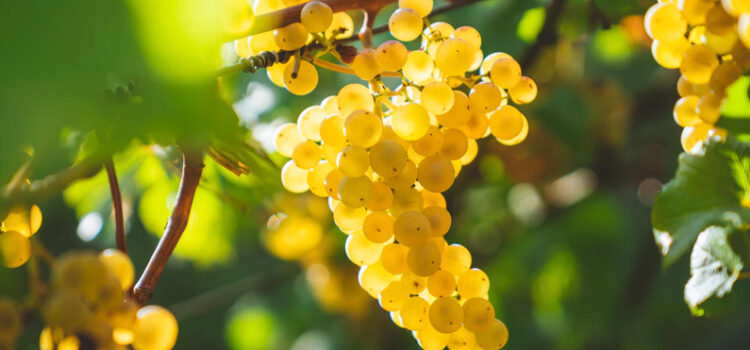
Chardonnay in the Willamette Valley? Yes, and it’s quite special. The WHY’S are frankly endless. For starters there are roughly only 2,200 acres of Chardonnay grapes planted. The wines produced in the Willamette Valley from those 2,200 acres are prized award-winning wines with exceptional quality. One of the prominent winemakers in the valley, Josh Bergström was asked about the rage for such small yield and he basically said, if you want more Chardonnay, you’re gonna have to plant it. Let’s just shout it from the rooftops because – THEY ARE! The Willamette Valley’s Chardonnay acreage totals have doubled since 2014 and Tai-Ran Niew, an investment banker turned local Willamette Valley Chardonnay supporter is to blame, in the best way possible. In 2016 he began planting dozens of clones in the Chehalem mountains and has also has his own vineyard, dedicated exclusively to Chardonnay. It wasn’t always like this for Chardonnay of course – winemakers and white wine growers were disenchanted with Chardonnay for long periods of time. Its resurgence is something spectacular and in many regards mimics the opportunity of stellar uniqueness in winemaking as Pinot Noir. David Adelsheim, founder of Adelsheim Vineyard is one of the wine pioneers in the Willamette Valley who assumed that because burgundy and the Willamette Valley were on a similar location of the 45th parallel, plantings of clones would be the answer and it would work smashingly. It wasn’t quite that simple. A basic explanation was that after this clone story, a French wine maker by the name of Dominique Lafon arrived in Oregon in 2007 to consult for Evening Land Vineyards. Lafon convinced the vineyard’s owners to avoid riper fruit for earlier pick dates. The unique style and acid-driven Evening land Vineyards Chardonnays were noticed by Portland sommelier Erica Landon, who is now the general manager and founding partner of Walter Scott Wines. She proclaimed these wines would hold up in a blind tasting next to Burgundian ones and knew they were onto something. With her husband, Ken Pahlow, Erica founded Walter Scott Wines in 2008 Seth, their focus being on Pinot Noir. At that time, Landon believed it was impossible to be successful in Chardonnay here. In 2010, Pahlow took a position with Evening Land Vineyards that changed these thoughts. Working with Dominique Lafon and Isabelle Meunier, Ken saw it was in fact possible and they started looking for Chardonnay fruit. Circling back to Bergström, he eventually headed to Burgundy to work harvest and learned so much that when he returned to Oregon, he dove head first into these new concepts. Other winemakers began drawing similar conclusions about pick dates, farming and chemistry thanks to a series of technical tastings organized by Adelsheim Vineyard between 2015 and 2019. At that time, Adelsheim Vineyard was choosing to move on from Pinot Gris to expand their Chardonnay program. What came of it was a revolution in how chardonnay was made. There are of course, many more accounts of the magic occurring in the Willamette Valley in support of this new Chardonnay revolution and we could not be more proud to be a part of this history and watching it all evolve – while being able to share these stories with our guests who are pleasantly surprised to find this diverse style of Chardonnay than they are used to. Cheers to you Chardonnay!
Willamette Valley Chardonnay – The WHY’S
